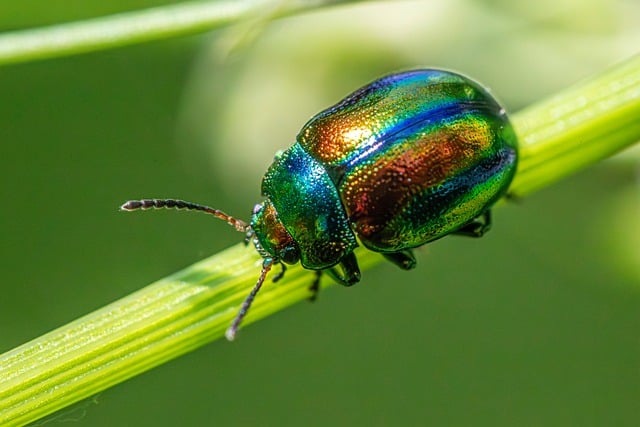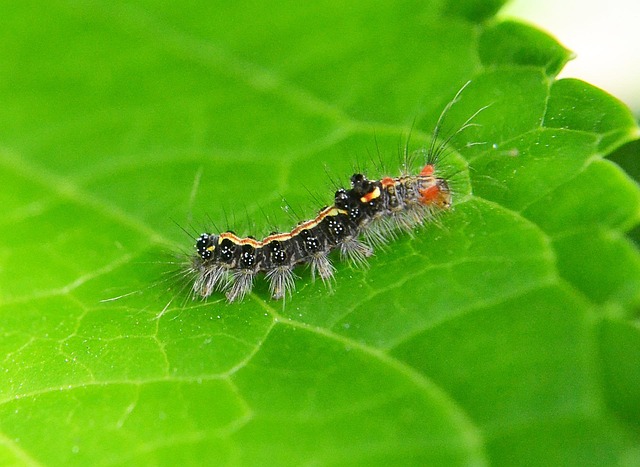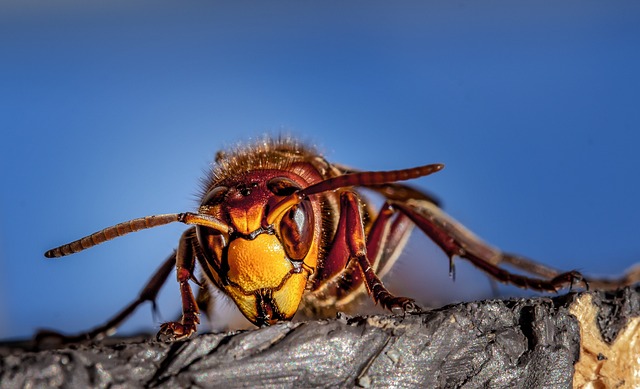In Castle Rock, sustainable pest management for vegetable gardens prioritizes eco-friendly practices to mitigate health and property risks from rodents, termites, and insects. Understanding infestation causes like warmth and wood, along with holistic approaches like identifying entry points, proper ventilation, sealing gaps, and regular inspections, effectively reduces these risks. Organic repellents, beneficial insects, herb plants, physical barriers, and routine inspections promote a healthy garden ecosystem without toxic treatments.
Attics, often overlooked spaces, can become breeding grounds for pests, posing unique challenges for homeowners. This article guides you through the process of attic infestation cleanup while emphasizing sustainable pest management techniques tailored for Castle Rock’s vegetable gardeners. We explore common causes of attic infestations, from wood-chewing insects to birds’ nests, and offer eco-friendly solutions. Learn how to prevent future issues with practical tips, ensuring a peaceful garden experience in Castle Rock’s vibrant community.
- Understanding Attic Infestations: Causes and Common Pests
- Sustainable Approaches to Attic Infestation Cleanup
- Preventive Measures for Future Protection: A Guide for Castle Rock Veggie Gardeners
Understanding Attic Infestations: Causes and Common Pests

Attic infestations can be a significant concern, often caused by a range of common pests like rodents, termites, and insects. These intruders don’t just invade your living spaces; they can also pose severe risks to your health and property, especially if left untreated. In Castle Rock, sustainable pest management is a growing priority, not just for vegetable gardens but for attics as well. Understanding the causes of these infestations is the first step towards effective prevention.
Rodents, such as mice and rats, are attracted to attics due to the warmth and protection it offers. Termites are drawn by wood, a common material in attic construction. Insects like carpenter ants and bees may establish nests or find shelter in the attic environment. Sustainable pest management for vegetable gardens translates to a holistic approach in the attic as well—identifying entry points, maintaining proper ventilation, sealing gaps, and regular inspections can significantly reduce these risks, ensuring a healthier and safer living space while promoting eco-friendly practices.
Sustainable Approaches to Attic Infestation Cleanup

In the quest for a cleaner and healthier attic, sustainable approaches to infestation cleanup are gaining traction. This method prioritizes eco-friendly solutions that not only eliminate pests but also ensure the long-term well-being of your vegetable gardens in Castle Rock. Organic repellents, such as essential oils and natural pesticides, offer an effective yet gentle alternative to harsh chemicals. These products are safe for both your family and the environment, making them ideal for those concerned about sustainable pest management.
Instead of resorting to toxic treatments, consider implementing preventive measures like proper ventilation and sealing entry points. Regular inspections can help identify potential pest habitats early on. By combining these sustainable practices with cultural methods, you create a robust defense against attic infestations while fostering a healthier, more vibrant vegetable garden ecosystem in Castle Rock.
Preventive Measures for Future Protection: A Guide for Castle Rock Veggie Gardeners

To protect your vegetable garden in Castle Rock from future pest infestations, adopt a sustainable pest management approach that combines prevention and organic control methods. Start by maintaining excellent garden hygiene: remove plant debris at the end of each growing season, trim vegetation to reduce hiding spots for pests, and ensure proper air circulation to deter diseases. Introduce beneficial insects such as ladybugs and lacewings into your garden, as they feed on common pests like aphids and mealybugs. Planting herbs like basil, mint, and rosemary can also naturally repel various pests due to their strong scents.
Additionally, consider using physical barriers like row covers or mesh netting to protect plants during vulnerable stages of growth. Regularly inspect your garden for any signs of infestation early on, as prompt action is key to preventing widespread damage. By implementing these sustainable pest management practices, Castle Rock vegetable gardeners can cultivate a healthy and bountiful harvest while minimizing the use of harmful chemicals.
In addressing attic infestations, a balanced approach is crucial. By understanding the causes and implementing sustainable cleanup methods, homeowners can effectively mitigate pest issues while minimizing environmental impact. For Castle Rock veggie garden enthusiasts, adopting preventive measures offers a proactive strategy to safeguard their lush landscapes from unwanted visitors. Embracing sustainable pest management practices not only protects vegetables but also contributes to a healthier ecosystem.
